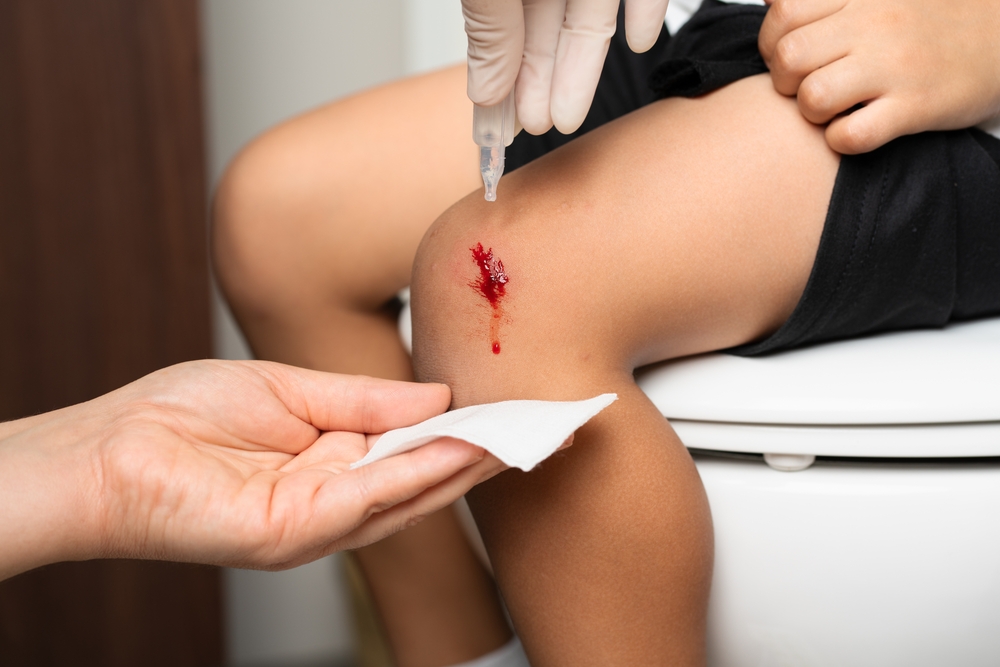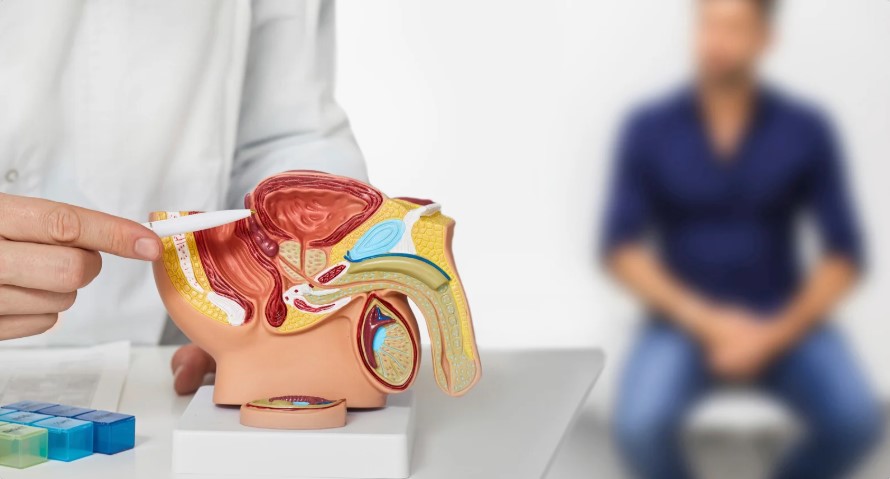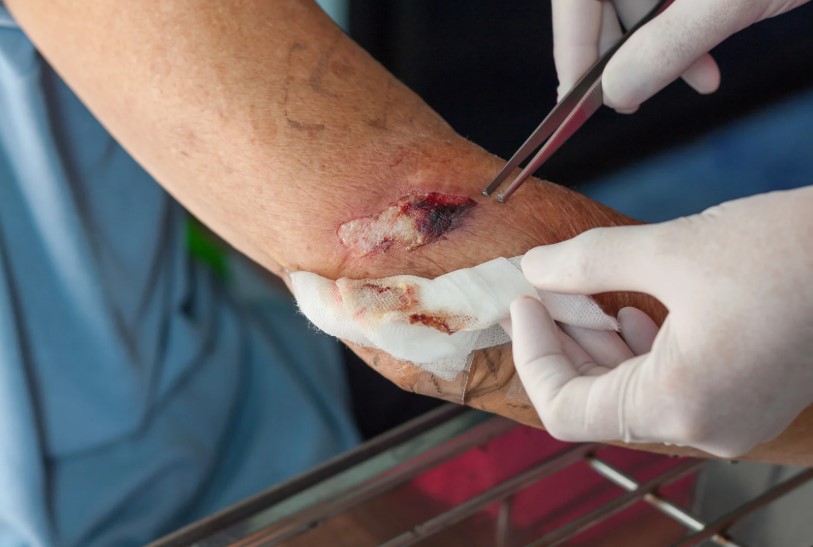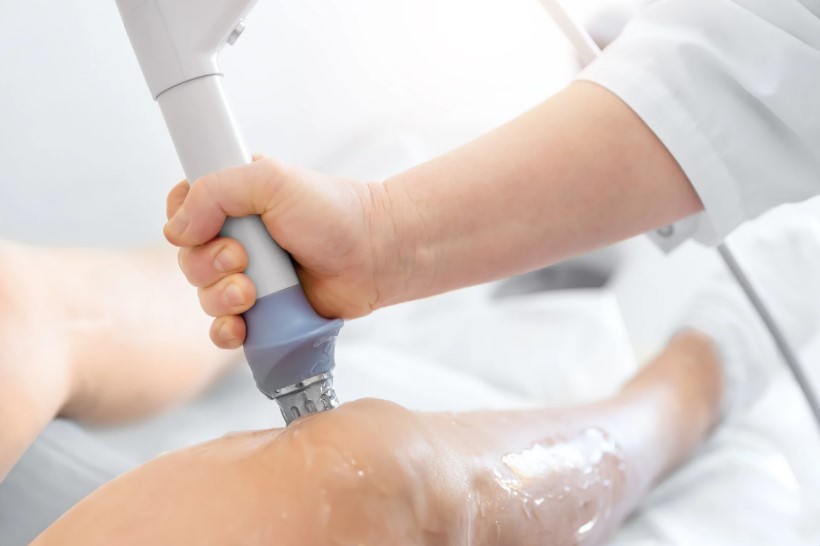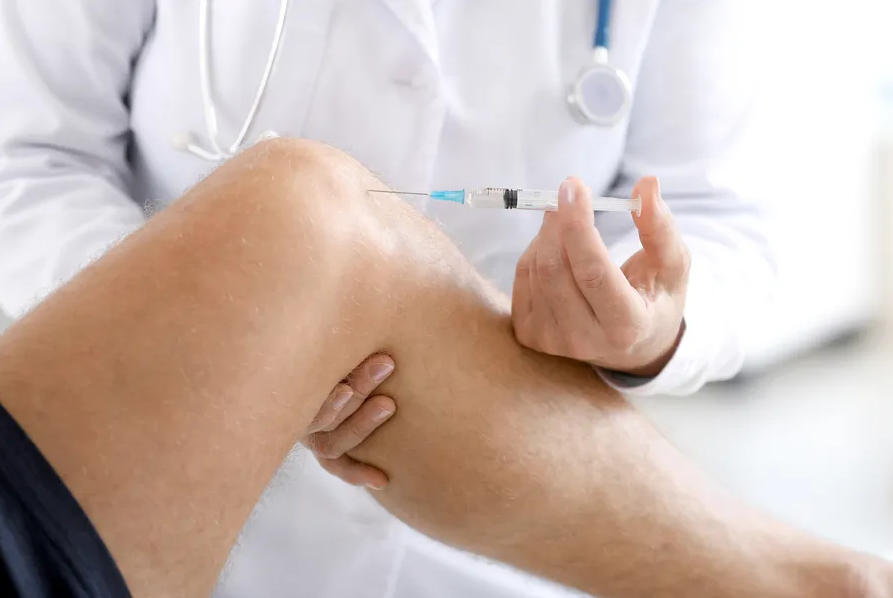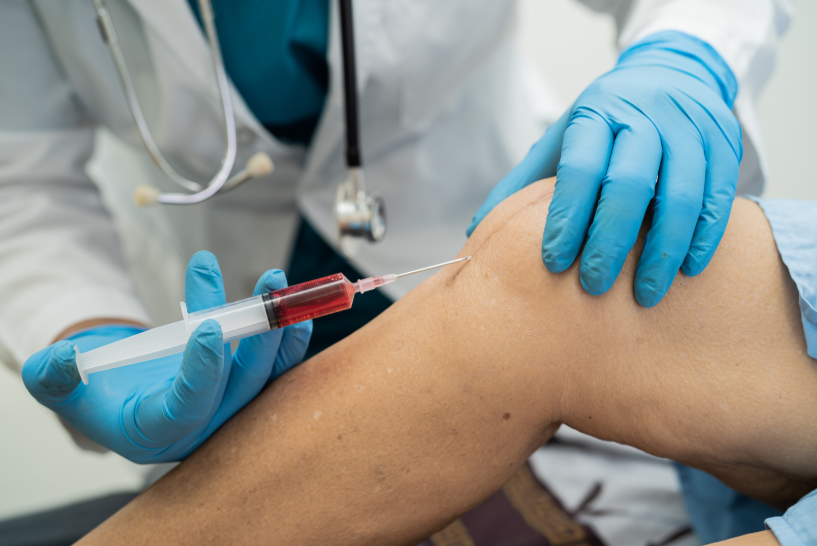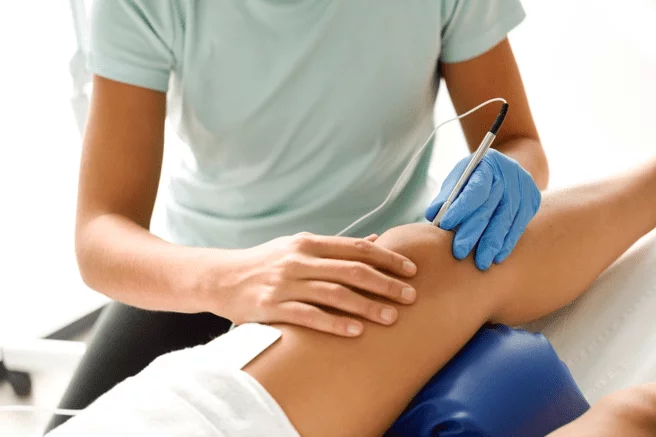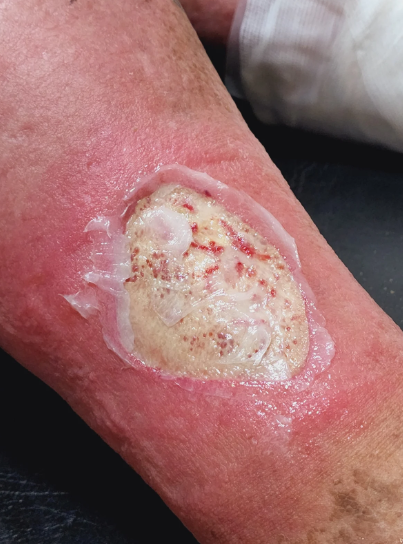Understanding Severe Wounds
Severe wounds are injuries that extend beyond superficial damage, affecting deeper layers of skin, muscle, or even bone. They can result from accidents, surgical procedures, burns, chronic illnesses, or infections that compromise the skin’s integrity. Unlike minor cuts or scrapes, severe wounds carry a higher risk of complications if left untreated. Identifying the severity of a wound early is essential for preventing long-term damage and ensuring proper healing. Many people underestimate the risks, thinking home remedies or over-the-counter treatments are sufficient. However, deep lacerations, punctures, and burns often require professional attention. Recognizing a severe wound is the first step toward prompt care and effective recovery.
The Importance of a Severe Wound Checkup
A severe wound checkup is critical because delayed treatment can lead to infection, sepsis, or permanent tissue damage. Medical professionals can assess the extent of the injury, determine the risk of complications, and provide appropriate interventions. Prompt evaluation ensures that wounds are properly cleaned, closed, and protected from contaminants. Severe wound checkups also help patients manage pain, monitor healing, and receive guidance on proper care at home. These evaluations are particularly important for individuals with chronic conditions, such as diabetes or vascular diseases, where wound healing can be slower. Ignoring severe wounds increases the likelihood of hospitalization and prolonged recovery. A timely checkup is a proactive step toward faster healing and reducing scarring.
Warning Signs That a Wound Needs Medical Evaluation
Certain signs indicate that a wound requires immediate professional attention. Persistent bleeding that doesn’t stop with pressure or clotting measures is a key warning. Deep wounds exposing bone, tendons, or foreign objects demand urgent evaluation. Other red flags include intense pain, swelling, redness spreading from the wound, or warmth around the area. The presence of pus, foul odor, or systemic symptoms like fever can signal infection. Wounds that fail to heal after a few days of standard home care also require a severe wound checkup. Recognizing these signs early ensures that complications are avoided and appropriate treatment is administered promptly.
What Happens During a Severe Wound Checkup
During a severe wound checkup, medical professionals perform a thorough evaluation of the injury. The initial assessment focuses on the depth, size, and type of wound. Wounds are carefully cleaned and disinfected to reduce the risk of infection. Diagnostic procedures may include imaging, blood tests, or wound cultures to guide treatment decisions. Dressing and closure methods vary, ranging from stitches, staples, and adhesive strips to surgical intervention in complex cases. Pain management is also addressed, with medications prescribed to alleviate discomfort. Healthcare providers offer personalized advice on how to care for the wound, emphasizing hygiene, monitoring, and follow-up visits.
Advanced Medical Treatments for Severe Wounds
Severe wounds often require specialized interventions to promote healing and prevent complications. One common procedure is debridement, which involves removing dead or infected tissue to stimulate recovery. Antibiotic therapy may be prescribed if infection is present or likely. Advanced technologies like negative pressure wound therapy, also known as vacuum-assisted closure, help accelerate healing by increasing blood flow and removing excess fluid. In cases where skin loss is extensive, skin grafts or reconstructive surgery may be necessary. Modern wound care dressings, including hydrocolloid, foam, and antimicrobial dressings, support optimal healing conditions. Pain management and monitoring for infection remain central components of advanced wound care. Patients benefit from a combination of interventions tailored to their specific needs.
The Role of Follow-up Care
Follow-up care is essential to ensure severe wounds heal properly and complications are avoided. Regular medical visits allow healthcare professionals to assess healing progress and make adjustments as needed. Dressing changes and proper hygiene at home prevent infection and maintain an optimal healing environment. Monitoring for delayed healing or signs of infection is crucial for early intervention. Nutrition, hydration, and lifestyle adjustments can also accelerate recovery by supporting the body’s natural repair processes. Patients with chronic conditions must be particularly vigilant, as underlying health issues can slow healing. A structured follow-up plan provides guidance and reassurance, helping patients feel confident in managing their recovery.
Preventing Complications After a Severe Wound
Preventing complications starts with proper care immediately after the injury. Patients should follow healthcare provider instructions carefully, maintain clean wound conditions, and avoid activities that could reopen or contaminate the wound. Recognizing when a wound shows unusual changes, such as increased redness, swelling, or drainage, is key to seeking timely help. Lifestyle factors, including balanced nutrition, adequate hydration, and avoiding smoking or excessive alcohol, play a role in recovery. Managing chronic conditions, like diabetes or poor circulation, reduces the risk of infection and promotes faster healing. Proper at-home wound care complements professional interventions and ensures long-term results. A proactive approach significantly lowers the likelihood of prolonged hospital visits or permanent damage.
Myths vs. Facts About Severe Wound Care
There are many misconceptions surrounding wound care that can endanger healing. Some believe that letting wounds “air out” speeds recovery, when in reality, a controlled environment is better for healing. Using household remedies such as butter, toothpaste, or alcohol can damage tissue and introduce infection. Medical professionals recommend evidence-based treatments, including cleaning, dressing, and monitoring wounds. Applying ice or heat without guidance can also worsen tissue damage. Educating patients about proper wound care, including when to seek professional help, promotes better outcomes. Understanding the facts allows individuals to make informed decisions and avoid common mistakes. Proper knowledge is an essential part of effective severe wound management.
Frequently Asked Questions (FAQ)
How do I know if my wound is severe enough for a checkup?
Wounds that are deep, bleeding heavily, exposing bone or tissue, or showing signs of infection should be evaluated immediately.
Can a wound get infected even if I cleaned it at home?
Yes, home cleaning may not eliminate all bacteria, especially in deep or contaminated wounds. A severe wound checkup is necessary to prevent complications.
What should I do before going to the hospital for a severe wound?
Apply gentle pressure to control bleeding, avoid touching or contaminating the wound, and cover it with a clean cloth or sterile dressing.
How long does it usually take for a severe wound to heal?
Healing time varies depending on wound type, depth, patient health, and treatment. Some wounds may take weeks, while complex injuries can require months.
Are there long-term risks if I ignore a severe wound?
Ignoring severe wounds can lead to infections, scarring, loss of function, or life-threatening complications such as sepsis.
Takeaway
A severe wound checkup is more than a precaution—it is an essential step to prevent infections, reduce healing time, and avoid long-term complications. Recognizing warning signs, seeking prompt professional care, and following medical advice ensures optimal recovery. Advanced treatments, structured follow-up, and correct at-home care all work together to improve outcomes. Patients who prioritize a severe wound checkup can feel confident that they are taking the right steps for healing, safety, and long-term health.

